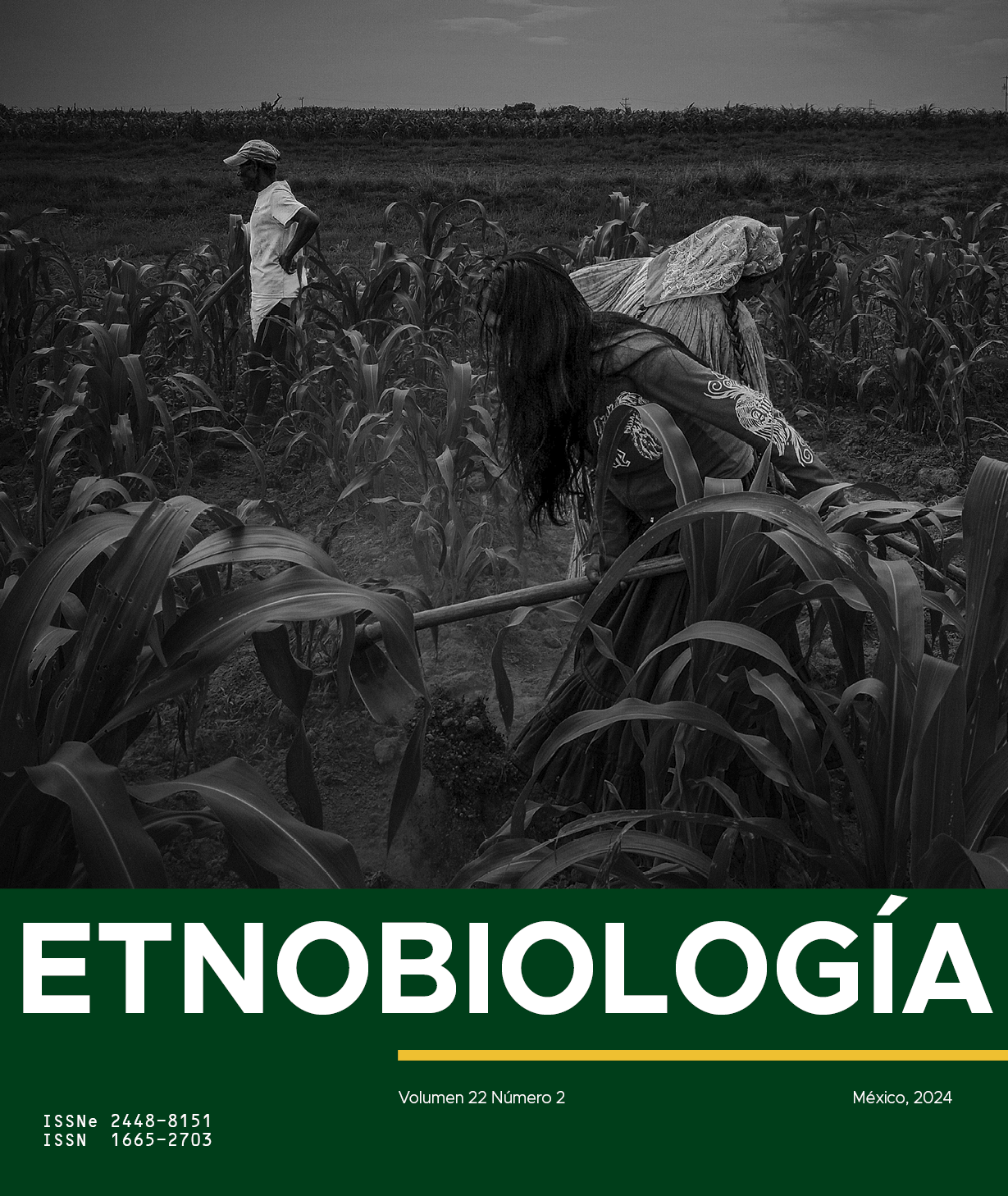TRADITIONAL MASEUAL CLASSIFICATION OF AMPHIBIANS AND REPTILES IN CUETZALAN DEL PROGRESO, PUEBLA, MEXICO
Abstract
Ethnobiological classification involves the nomenclature and classification of groups with certain affinities. Therefore, the objective of this study was to analyze the traditional maseual nomenclature of amphibian and reptile names in San Miguel Tzinacapan, Puebla. A review was conducted in scientific literature and technical reports on the amphibian and reptile species recorded for the area. Subsequently, cards with photographs of each animal were prepared to the people to identify them, and interviews were conducted with local people to obtain the amphibians and reptiles names. According to the records in the literature, a total of 252 species of amphibians and reptiles have been reported for the region, but people only recognized and identified 227. The maseual people classify animals beyond morphological differences and similarities, grouping them in terms of daily practices. Thirteen snake names were recorded, this group is the most representative and the one with the most names in maseual; eight amphibian maseual names, six lizard maseual names, and two maseual names for turtles were recorded. The way of writing the names of animals in Nahuatl depends on the knowledge of the person and the region where they live. Of the total species recorded, 65% were under special protection by NOM-059 and 59% were endemic species of the region. It is important to highlight the importance of traditional knowledge, as it helps to understand nature from different perspectives. The understanding and conservation of this traditional knowledge contributes greatly to the design of local strategies that favor the conservation of biological diversity and local culture.


